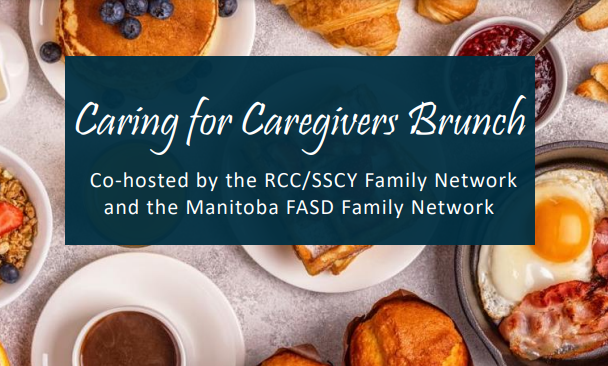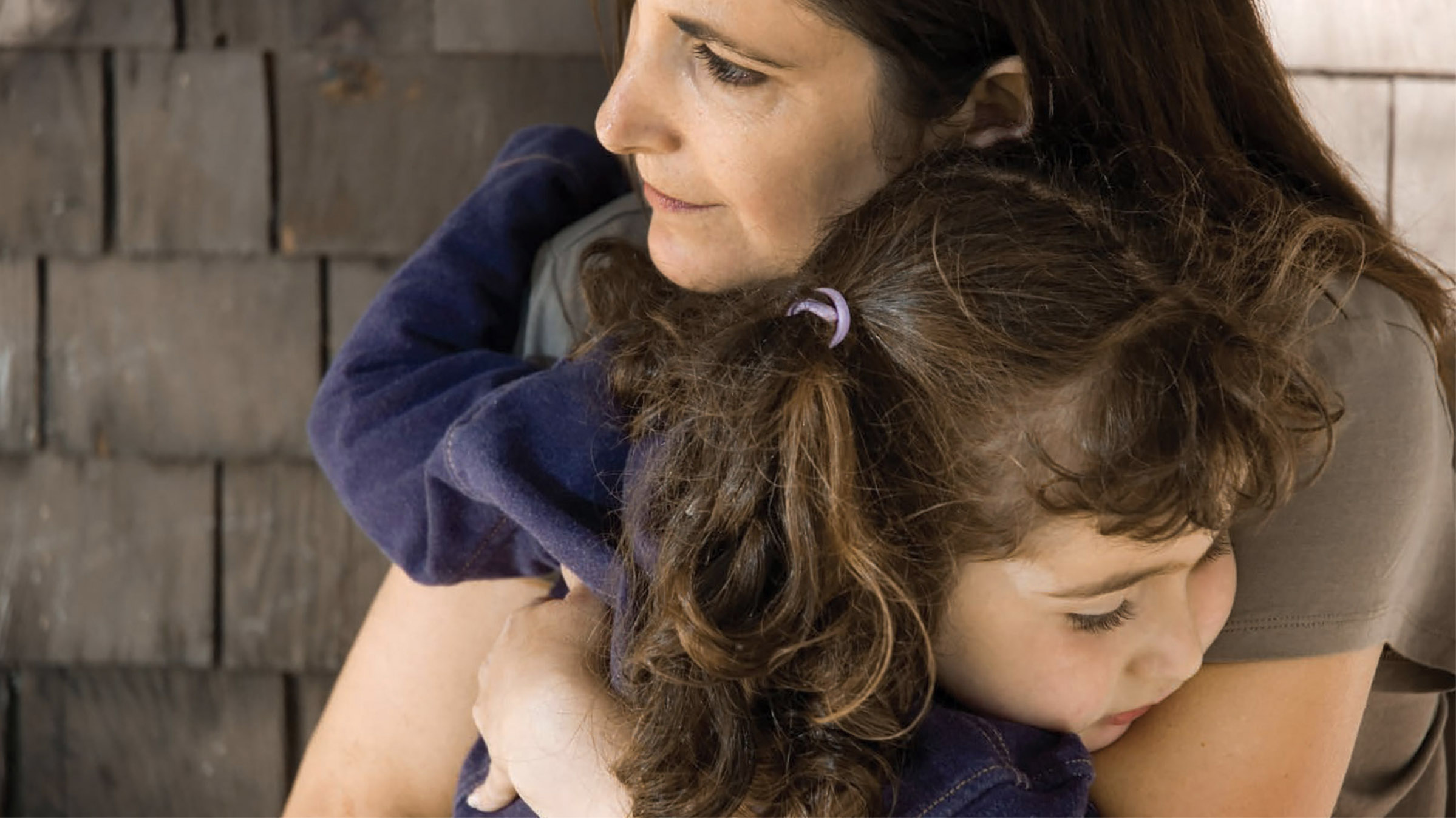Welcome to WEEK #5 of the Creative Substitute for “Building Circles of Support!”
Hello Everyone!
How are you holding up? If you’re like most humans, whether you are a parent, teacher, healthcare worker, service worker, or stay at home parent, these past few weeks have been beyond exhausting. The good news is… As Jeff Noble puts it… “if you are reading this, you are alive and surviving… And right now that is pretty awesome!” Last week we learned about our “Fight/Flight or Freeze” response. One of the hardest parts of being a caregiver to an individual with FASD is having to constantly be aware of your ‘fight or flight’ response — your body is screaming to run, but your brain tells you to remain calm. Finding ways to “breathe in the calm” is very helpful in reducing the Fight/Flight/ Freeze response.
As another one of my colleagues puts it:
“You’re worn out trying to be the in-between for your kids who are arguing over the breath they’re breathing…
Or you’re juggling five different kids, e-learning accounts, Zoom meetings, messages with teachers, and Google folders…
You may even have a job on top of all that! You’re so busy you barely have time to go to the bathroom.
Your newsfeed is full of messages telling you to get used to the new “normal”. And that may sound like an absolute nightmare…”
Individuals with FASD often have difficulty expressing their feeling and emotions, especially around the COVID-19 crisis, and may have difficulty processing and understanding what you are telling them about it verbally. This week I have heard of many individuals with FASD experiencing a lot of fear and anxiety about what is happening, as they often don’t understand abstract concepts, such as the need for social distancing and self-isolation, and don’t have the judgement to make sense out of what is happening in the “real world”. But… they are very good at picking up on your feelings of frustration, fear, and anxiety, even though you think you are hiding them so well. They often don’t have the words to tell you how they feel, rather they show you what they are feeling through their behaviour. At this point it is very important that you as a caregiver, or teacher, become a “behavioral detective” which involves learning to read the “cues” of what is happening for that child, and then giving them the words which they often don’t have, to communicate to you how they are feeling. For most of our children with FASD, “visual language” is their first language, and one needs to get very creative in trying to communicate to them through visual means, be it symbols, pictures, videos or demonstration/modelling.
Communication is so very important for interactions between humans, and this is often affected quite severely for the individual living with FASD, from preschoolers to adults. Shelley Proven, the Speech Language Pathologist at the Manitoba FASD Centre has put together this Module on LANGUAGE AND HOW IT IMPACTS CHILDREN AND YOUTH WITH FASD.
In the first section, she provides the reader with general knowledge on language and FASD both for Caregivers and Educators.
- ‘Communication’ Section of What Parents Need to Know About FASD (Pg. 35 & 36)
- ‘Language’ Section of What Educators Need to Know About FASD (Pg. 14-17)
Shelley then gives you a resource on what is meant as Social Language, an area which is often affected in individuals with FASD. Difficulty with social language skills impacts the ability of individuals with FASD to make and keep friends.
Check out the following resources below which you can use for your child. Remember that even though your child may be an adolescent, their developmental level may be lower and you may need to reduce your expectations and consider using some of the strategies used for younger children (with a bit of a twist to make it sound less “childish”).
PRESCHOOL CHILDREN RESOURCES
- Language Facilitation Techniques
- Video: Tips For Communicating With Young Children
- Reading to Your Child Handout
- Sesame Street Coping With Covid-19 Tips
- Activities:
SCHOOL AGE & ADOLESCENT RESOURCES
- Handouts from the Manitoba FASD Centre Stepping Out on Saturdays Program:
- Coronavirus Book for Children
- Video: Confabulation (When Lying Isn’t Lying)
- Video: Teaching Social Skills
- Video: Helping People With FASD Process What We Are Saying
- Language Matters (From Community Living BC ‘Supporting Success for Adults with FASD’ Handbook)
ADDITIONAL RESOURCES FOR OPTIONAL FURTHER READING:
- The Language Profile of School Aged Children Research Paper
- Activities: Printable Board Games, Free Printable Memory Games and Crafts
- Supporting Success for Adults with FASD Handbook (Great for adolescents too!)
- Tips For Topic Maintenance
- Read My Face! Understanding Facial Expressions
We want to thank S-LP Shelley Proven for sharing such an abundance of resources with us this week!



